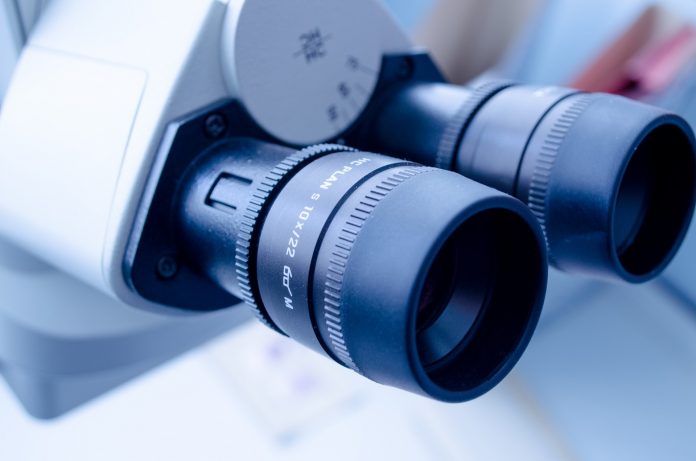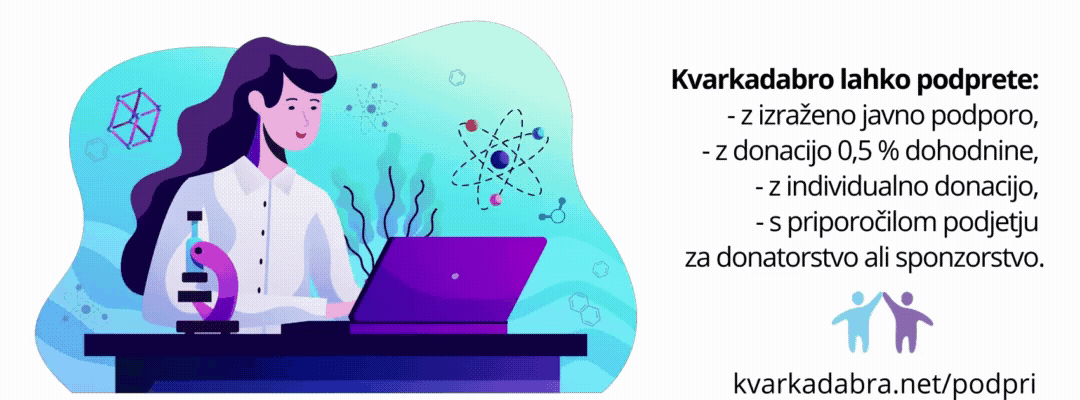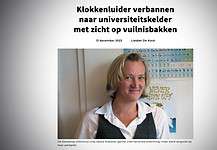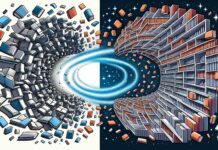Dobitnik dveh ERC projektov prof. O. Voinnet je bil osumljen manipulacije s slikami (rezultati) v večjem številu objav v uglednih mednarodnih revijah. Sum akademske nepoštenosti znanstvenika sta neodvisno obravnavali dve instituciji, matična institucija CNRS iz Francije in ETH Zürich iz Švice na kateri znanstvenik izvaja ERC projekt. Postopki institucionalne obravnave so bili različni, obe instituciji pa sta se zavzeli preveriti sum akademske nepoštenosti in prišli do zaključkov, ki so potrdili zavestne manipulacije slik (rezultatov). Sankcije so različne, na CNRS-u v Franciji za znanstvenika po zaključku ERC gostovanja na ETH velja suspenz za dve leti, v Švici so le reorganizirali delo in laboratorij prof. Voinneta umestili v drug laboratorij. Evropsko združenje biologov (EMBO – The European Molecular Biology Organization), je znanstveniku odvzelo l. 2009 podeljeno EMBO zlato medaljo (vir). Švicarska znanstvena fundacija (SNF) je znanstveniku zaustavila financiranje tekočega projekta in tudi možnost pridobiti sredstva v prihodnjih 3 letih (vir). Ob tem se ERC projekt prof. Voinneta nadaljuje vse do sredine 2018.
Povezava do 8 umaknjenih člankov objavljenih v mednarodno uglednih revijah.
Izsek iz poročila o delavnici “Advancing Research Integrity Practices and Policies: From Recommendation to Implementation”, na kateri je M. Leduc opisal primer ter podal ugotovitve.
Michèle Leduc (CNRS Ethics Committee – COMETS) described the case of Professor Olivier Voinnet, a plant biologist at the CNRS laboratory in Strasbourg. He moved in 2010, on leave of absence, to work at the Swiss Federal Institute of Technology (ETH) in Zurich, where he was supported by substantial ERC and Swiss funding. In 2014, through PubPeer, Professor Vicki Vance alleged the misuse and mislabelling of images in a paper in Plant Cell co-authored by Professor Voinnet. This allegation was widely publicised in the press in April 2015. CNRS immediately set up a committee of high-level scientific experts. The committee concluded that misconduct had taken place, and in June 2015 CNRS announced that Professor Voinnet would be barred from CNRS for two years, starting from the end of his secondment to ETH.
ETH undertook its own investigation in parallel. The ETH commission of inquiry examined potential misconduct in 31 publications provided by Professor Voinnet, and criticised on PubPeer. In June 2017, the commission concluded that Professor Voinnet and collaborators had indeed manipulated images. ETH advised that the relevant papers should be retracted at Professor Voinnet’s request (so far eight papers have been retracted), and ETH undertook an internal restructuring whereby Professor Voinnet’s lab was integrated into neighbouring laboratories. Professor Voinnet was reprimanded and his funding from the Swiss National Science Foundation was stopped; but his ERC funding was maintained. His EMBO medal (2009) was withdrawn.
This case had identified the different ways that the different funders approached their investigations. For example:
The investigations at ETH and CNRS were managed independently, using very different procedures.
The names of those on the expert committees were published in Switzerland, but not in France.
The report of the expert committee was made public in Switzerland, but not in France (where publication was illegal).
Sanctions were applied independently by the funders – they were more severe in France than in Switzerland.
At the European level, the response was variable – Professor Voinnet’s EMBO medal was withdrawn, but his ERC funding continued.This case had a severe impact in both France and Switzerland. In France, for example, it led to:
1. the setting up of a national committee by the French Minister for Research and Higher Education to deal with research integrity in all French institutions;
2. a new law to force ethics and integrity teaching to PhD candidates; and
3. the upcoming creation of a National Office for Scientific Integrity (OFIS).New allegations involving both CNRS and ETH arose in September 2016, and the two organisations agreed this time to perform a joint inquiry, with an up-front agreement on transparency, publication and possible joint sanctions.
Zaključki razprave:
• Retractions of papers where the findings are in doubt because of research misconduct are essential in order to correct the scientific record. However, not all retractions are the consequence of proven misconduct (some are due to genuine error), so it is important that the reason(s) for retraction are given.
• Journals have begun to be clear about which authors’ behaviours have led to the retraction, and which are blameless; this should be encouraged. This is helped by journals requiring, at the time of submission, clear statements on which authors are responsible for which aspects of the research.
• In the Olivier Voinnet case, the whistle-blower did not come forward until 12 years after she first suspected the misconduct, after she had retired from her faculty position. This was perhaps understandable, but it highlights the importance of protecting whistle-blowers so that allegations can be investigated in a timely manner.
• While transparency is generally a good thing, there may be good reasons why the names of investigating committee members are not made public while an investigation is ongoing.
• Where possible (and where not illegal), the outcome of proven cases of misconduct should be made public.
• While different organisations and countries have different approaches to sanctions, some convergence/consistency would be desirable.
• There is a strong case, depending on the severity of the misconduct, for guilty persons to be ‘rehabilitated’ after a certain period, though of course the published record (such as retractions) can never be erased.
Drugi viri:
Poročilo ETH Zürich
Wikipedia
Leonid Schneider o primeru Voinnet : “Correcting the uncorrectable”

















